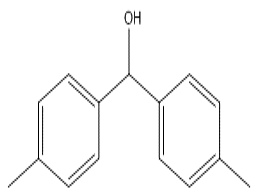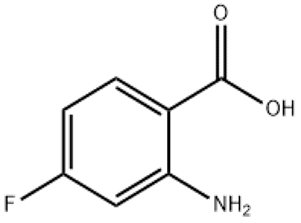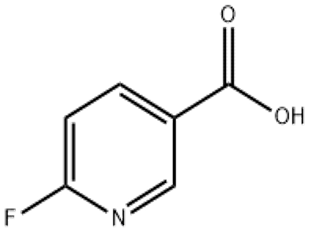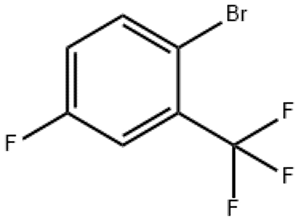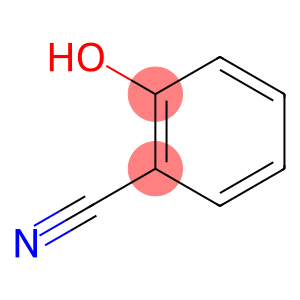Thioctoyl Glycinamide(CAS#214555-73-4)
Thioctoyl Glycinamide(CAS#214555-73-4)
Physicochemical properties
Appearance: Typically white to off-white powder, but actual appearance may vary depending on the synthesis process and purity.
Solubility: soluble in some polar organic solvents, such as dimethyl sulfoxide (DMSO), dimethylformamide (DMF), etc. Solubility in water may be relatively low, but under appropriate conditions, such as in alkaline or acidic environments, its solubility may increase somewhat due to ionization of functional groups in the molecule.
Stability: Relatively stable at room temperature, dry and protected from light. However, due to the presence of disulfide bonds, disulfide bonds may undergo cleavage or conversion reactions under oxidative or reduction conditions. For example, disulfide bonds may be oxidized to sulfonic acid groups in the presence of strong oxidants; Disulfide bonds may be reduced to sulfhydryl groups under the action of a reducing agent.
Synthesis method
Generally, lipoic acid can be used as the starting material, and the carboxyl group of lipoic acid can be activated first, for example, by reacting with dichlorothionyl to form lipoic acid yl chloride. Then, the lipoic acid acid chloride is reacted with glycamide, and under suitable reaction conditions, such as in an alkaline environment, the amino group of the acyl chloride and glycamide undergo a nucleophilic substitution reaction to form an amide bond, so as to obtain lipoylglycylglycamide.
Fields of application
Pharmaceutical: has potential antioxidant and cytoprotective effects. The disulfide bond of the lipoic acid part can participate in the redox reaction in the cell, playing a role in scavenging free radicals and protecting the cell from oxidative damage. Therefore, it may have certain application prospects in the treatment of some diseases related to oxidative stress, such as diabetic complications and neurodegenerative diseases. In addition, its unique structure also makes it possible to be used as a pharmaceutical intermediate for the synthesis of drug molecules with more specific pharmacological activities.
Biochemical research field: It can be used as a tool compound to study metabolic processes in cells, redox signaling pathways, etc. For example, by tagging or tracing the intracellular metabolic pathways and targets of lipoylglycamine, it is helpful to gain insight into the physiological and pathological mechanisms of cells.



